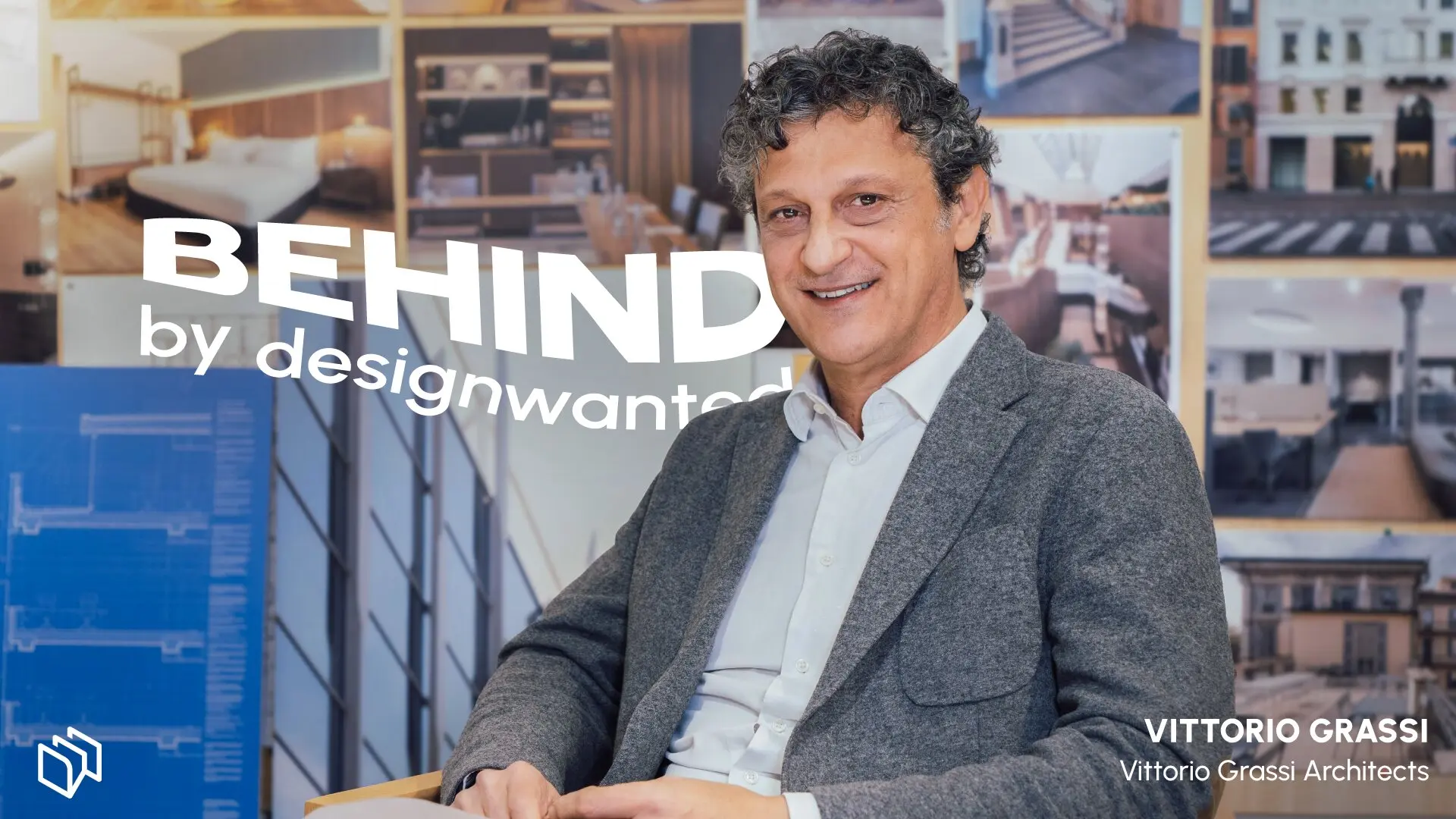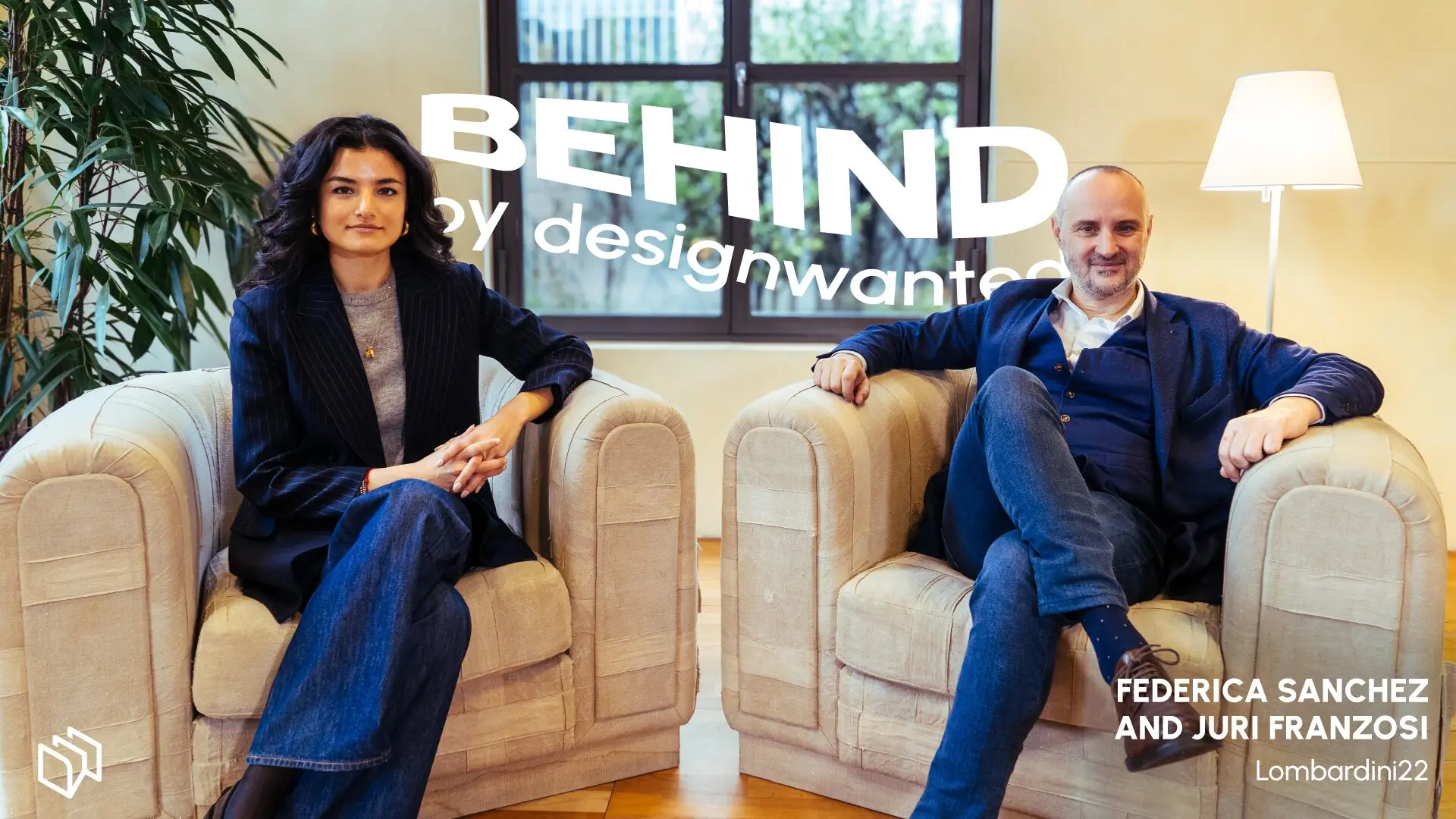
Tatic Designstudio’s innovative approach
In the bustling heart of Milan’s Tortona district, a hub renowned for its vibrant design culture, sits an industrial design studio that stands out for its innovative approach and diverse portfolio. Led by the visionary Aleks Tatic, this international team specializes in creating consumer products that span a wide array of industries, from sports equipment to household appliances and nautical vessels. Tatic’s journey from a junior designer in London to founding a thriving studio in Milan is a testament to the serendipitous paths that often shape creative careers.
This interview marks the first installment of our new video series, “Behind,” where we step inside the studios of leading designers, starting with Milan, to uncover the behind the scenes of their workspaces, methodologies, and creative philosophies. In this premiere episode, Tatic shares insights into the studio’s collaborative environment, the challenges of managing fluctuating workloads, and the evolving role of technology in his design process.
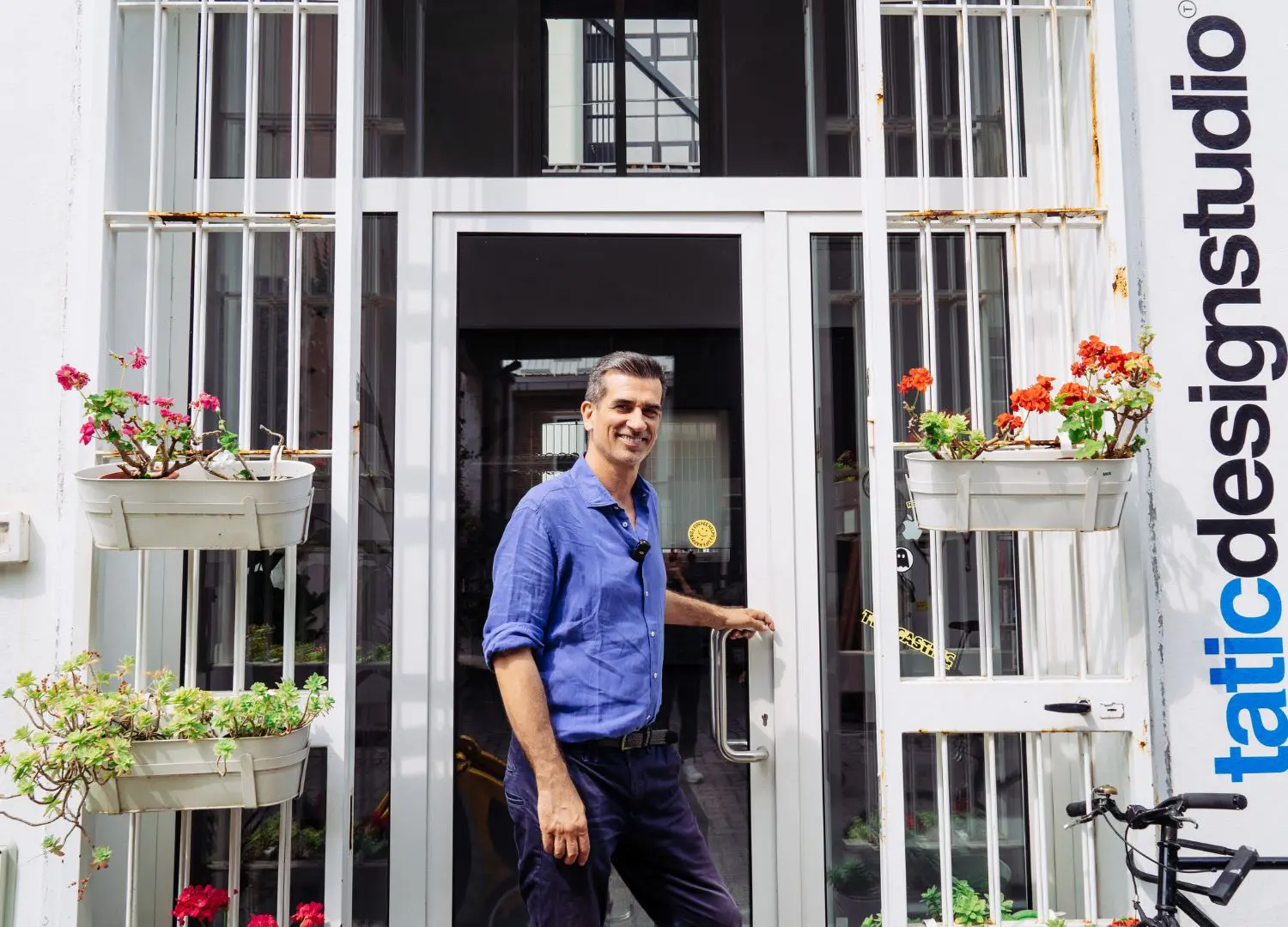
Could you describe the physical space of your studio, how you have organized it to facilitate the creative process, and how many people work there?
Aleks Tatic:
“We are a team of twelve designers based in the Tortona area of Milan, working within an industrial context. Our building, originally constructed for food production, features tall ceilings, ample natural light, and an open layout, which perfectly reflects our collaborative design style. Since we primarily work in groups, effective communication is crucial, and the open space setup supports this need.
My personal journey to Milan happened by chance. I was working as a junior designer in a large studio in London, specializing in transportation and toy design, when a friend informed me about an open position here in Milan. I decided to take the opportunity, initially planning to stay for just a year or two.”

How would you describe your approach to design and how has it evolved over the years?
Aleks Tatic:
“I studied at the Art Center College of Design in Pasadena, Switzerland, where we were trained in user-centered design. This approach focuses on user needs, perceptions, and product ergonomics. For many years, our clients were more interested in starting from their existing technologies and production methods to create products that met market needs rather than user needs.
Today, however, user experience (UX) and user interaction design (UI) have become buzzwords that everyone wants to incorporate into their product promotions. These two disciplines have always been integral to our process, and it is gratifying to see them become market trends for many products.”

Your studio does not primarily focus on furniture but more on industrial products for the market. Why did you choose to approach these types of products, and which product has been the most challenging for you to develop?
Aleks Tatic:
“We have specialized in a diverse range of products, including sports articles, telecommunications products, power tools, household appliances, and nautical products. Unlike many others, we haven’t focused on a single sector. One of the first projects I worked on was developing a chainsaw for Stihl, a market leader in professional gardening tools. The complexity of that project fascinated me and solidified my desire to pursue this field. Additionally, sports products have always interested me personally due to my passion for mountain and water sports.
The most complex projects are those that involve collaboration with many different partners or entities. For example, motorboats in the nautical sector require coordination among various specialists, making them particularly challenging and rewarding to develop.”
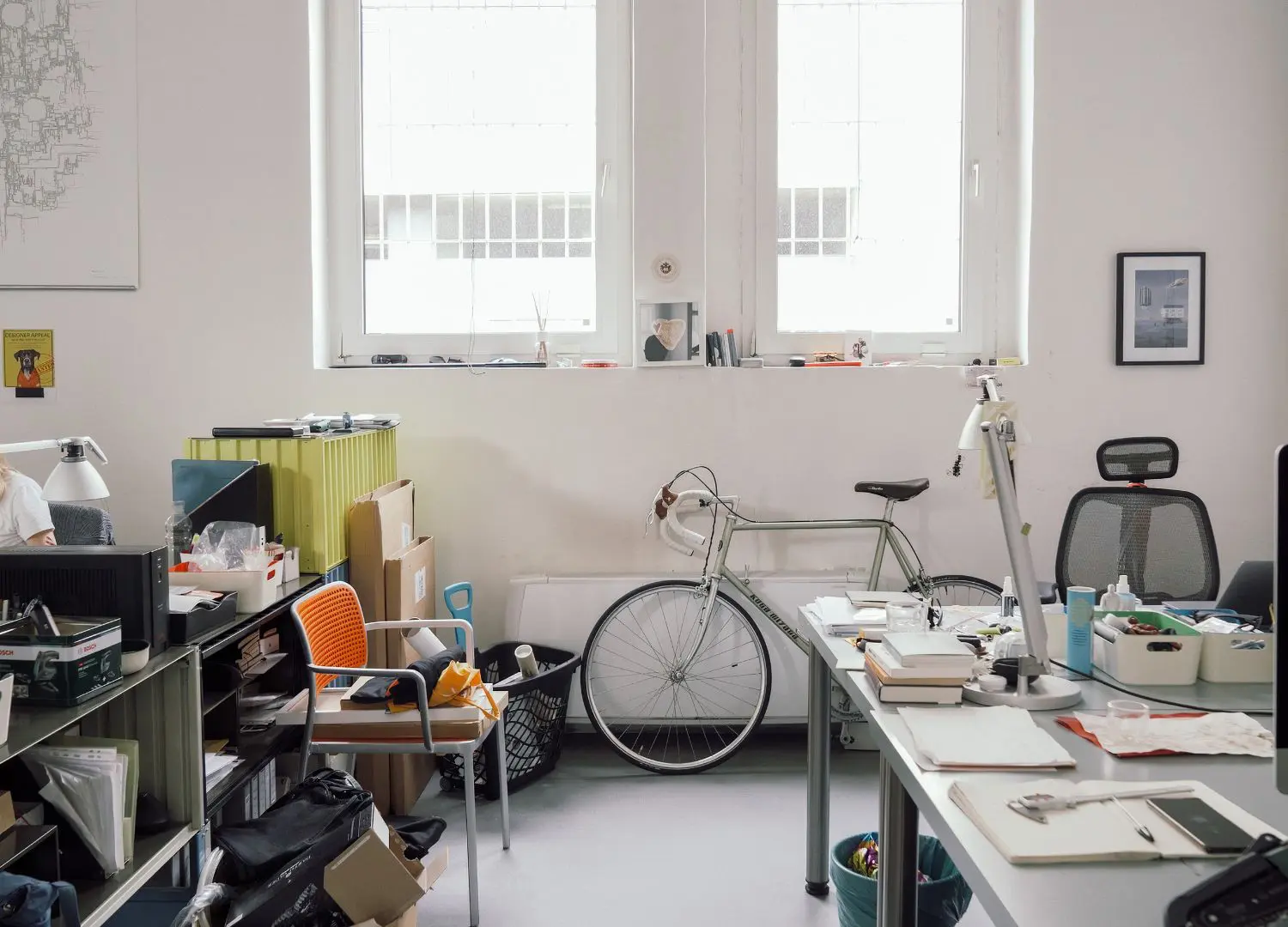
In this sector, do regulations limit creativity?
Aleks Tatic:
“In our projects, we encounter many factors that limit or define the design space. However, there are always opportunities to go beyond the brief and introduce new, innovative solutions. Every project has constraints related to materials, assembly, and product dimensions. We work within these limits, but we also try to exceed the client’s brief, offering concepts that provide additional ergonomic or usage advantages, giving the product an edge over the competition.”
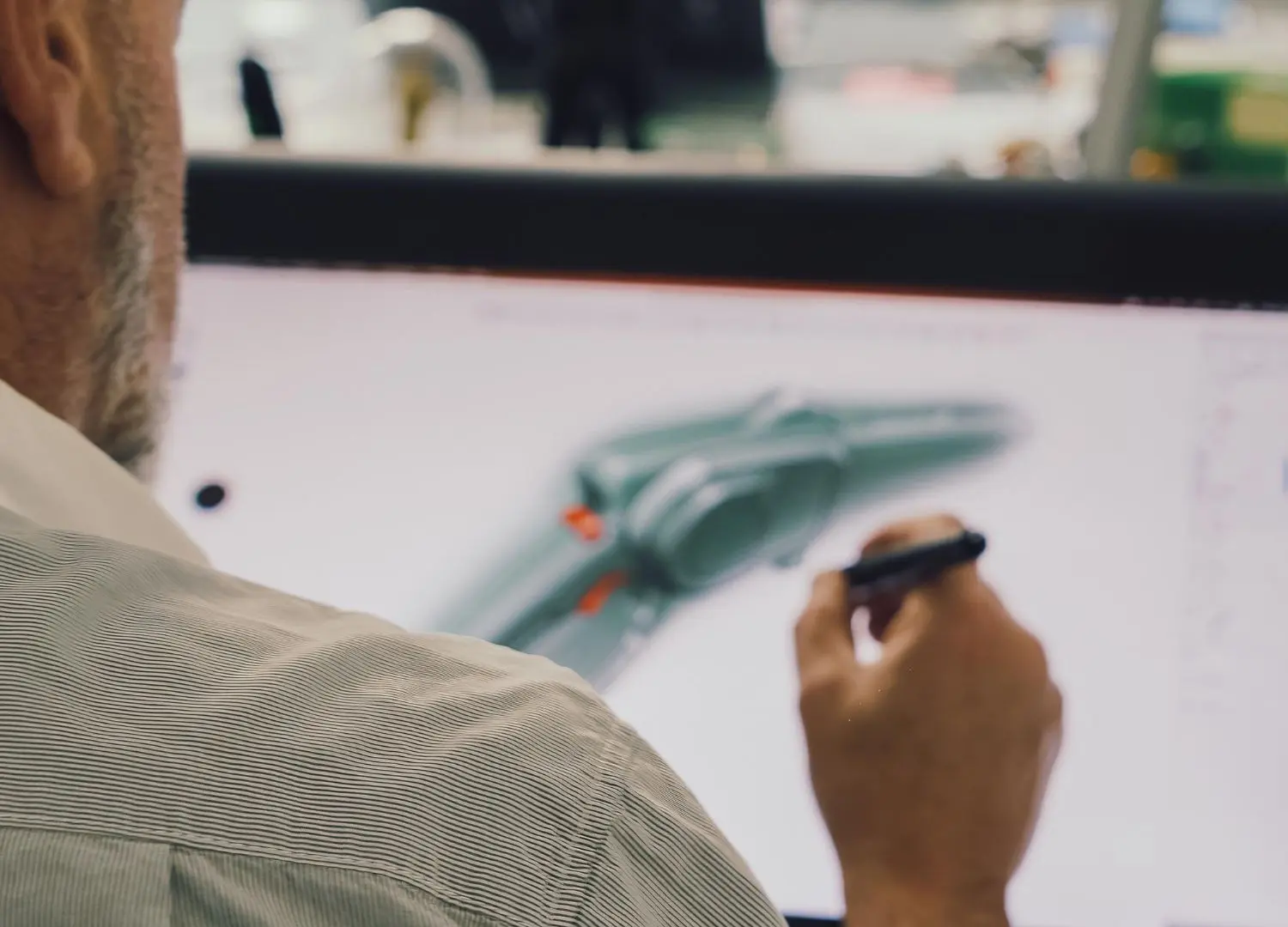
What tools do you use most in your daily work at Tatic Designstudio, and how have they improved your creative process?
Aleks Tatic:
“We begin our process with drawings and sketches, which serve as its foundation. Following a briefing and a thorough, nearly scientific analysis of the market, product, and technology, we collaboratively develop concepts of varying complexity and approaches.
We visualize these concepts through digital sketches. While we previously relied on paper, we now use tablets, allowing us to integrate technical content into underlying layers. After presenting the initial 2D concepts, we advance to various 3D platforms, such as Rhinoceros for surface modeling. Once the surfaces and general shapes are defined, we employ parametric systems to generate the product’s structural components, making them ready for engineering by the client or their R&D department.”
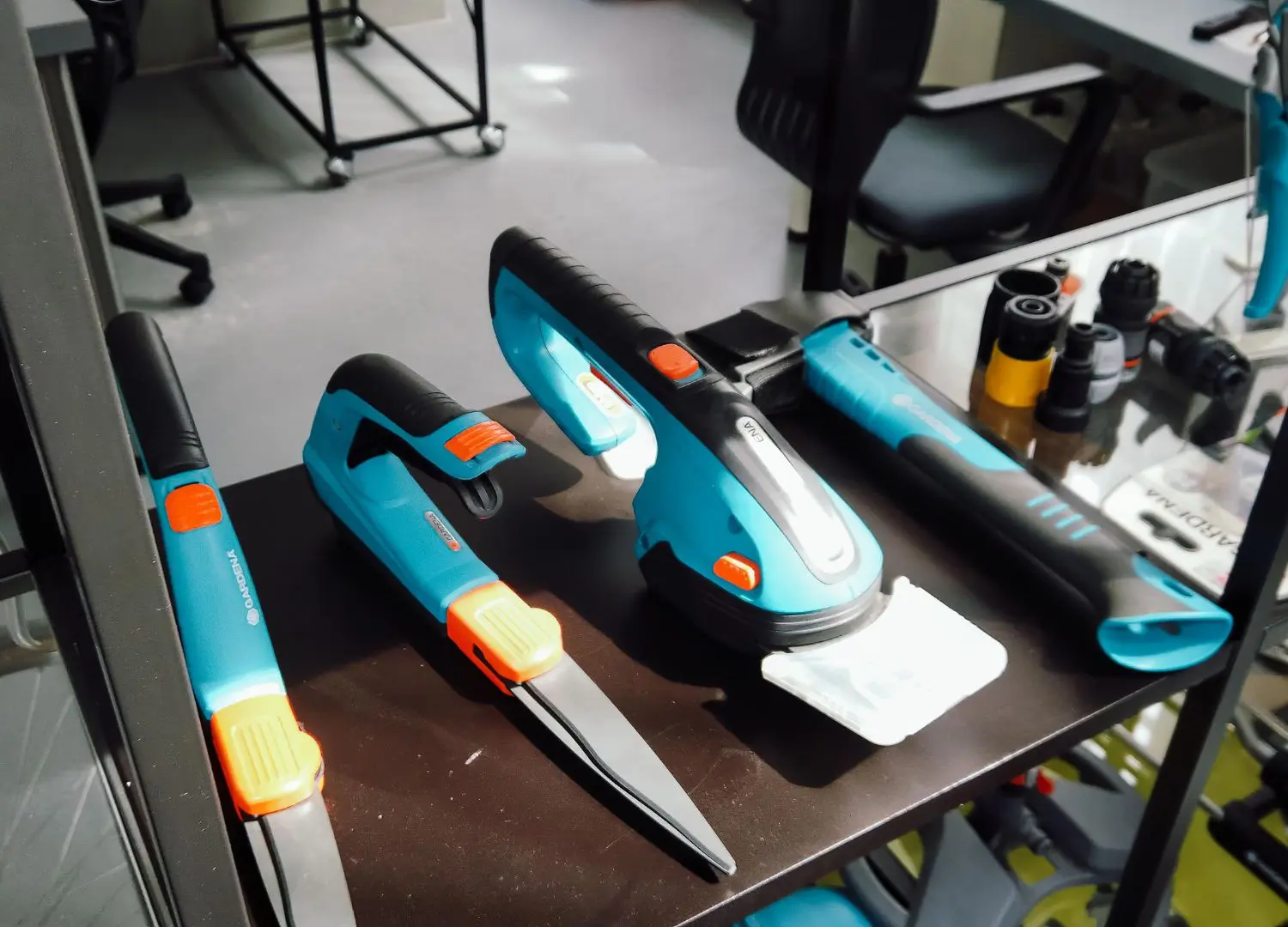
Speaking of software tools and AI, in which phase are you implementing these?
Aleks Tatic:
“We use Wacom tablets, the Adobe suite, and Sketchbook for our digital sketches. For 3D modeling, we rely on Rhinoceros and Creo, and we use KeyShot for rendering, sometimes creating animations to explain product usage.
Regarding AI, we integrated it into our process last year with a dedicated team member. We use Stable Diffusion, where we have programmed various models to assist in the ideation process. These models can produce sketches that follow our style and the client’s design language. Although AI can’t cover everything, it provides new approaches and significantly contributes to the early stages of our projects.”
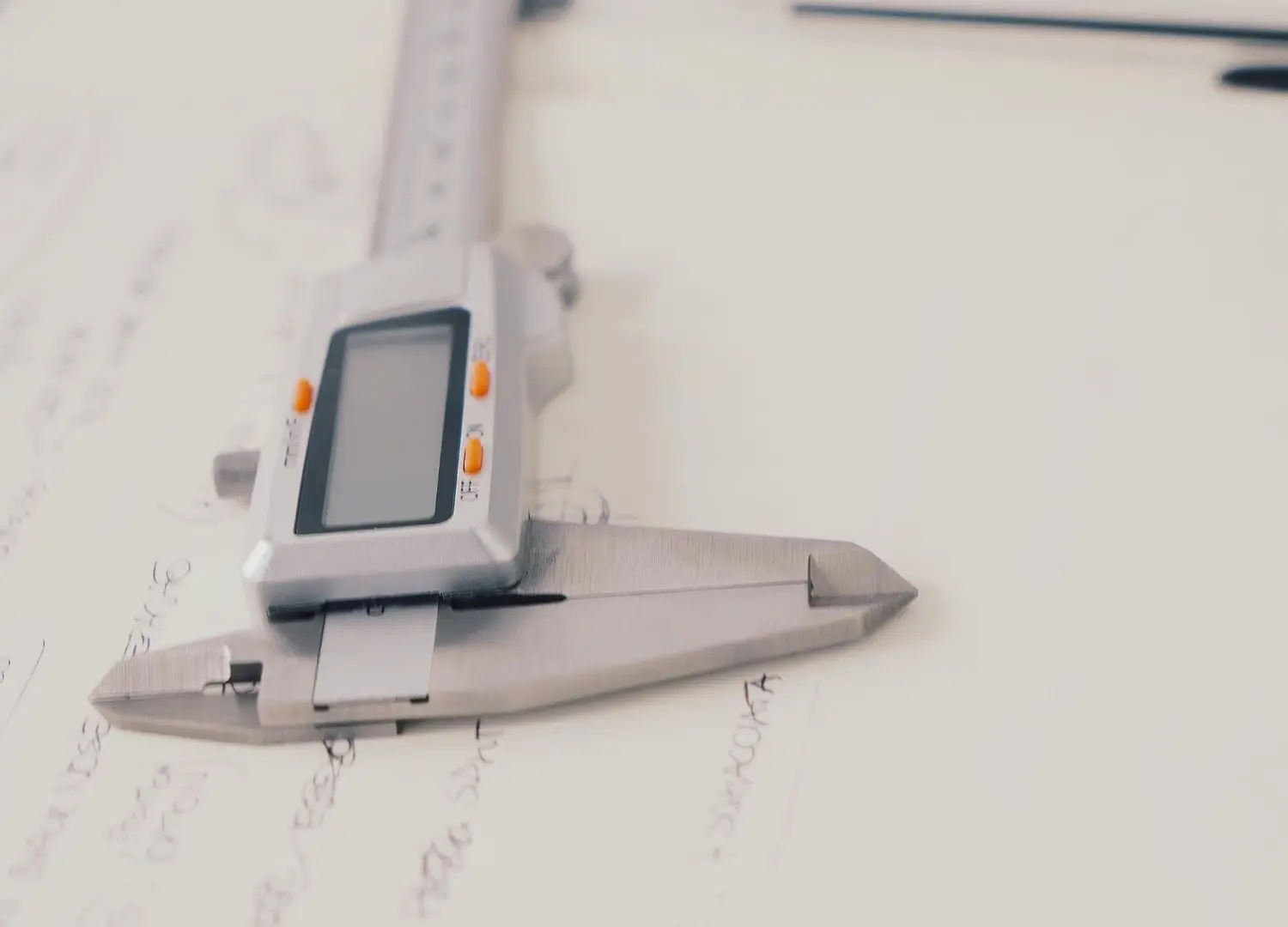
For a student looking to intern at your studio, what qualities should they have? Do you prefer a specialist or a more versatile designer?
Aleks Tatic:
“We often host two or three interns from the University of Lund, where I teach. We are particularly interested in individuals with a technical interest in product technology, as this knowledge helps us realize the product as we envisioned it. While we don’t expect design students to be experts in injection molding or metal casting, there should be a genuine interest in these aspects of the process.
We seek designers who are slightly more specialized in industrial design. Our ideal interns should have good sketching skills, a strong understanding of technical form development, and a strong 3D imagination.”
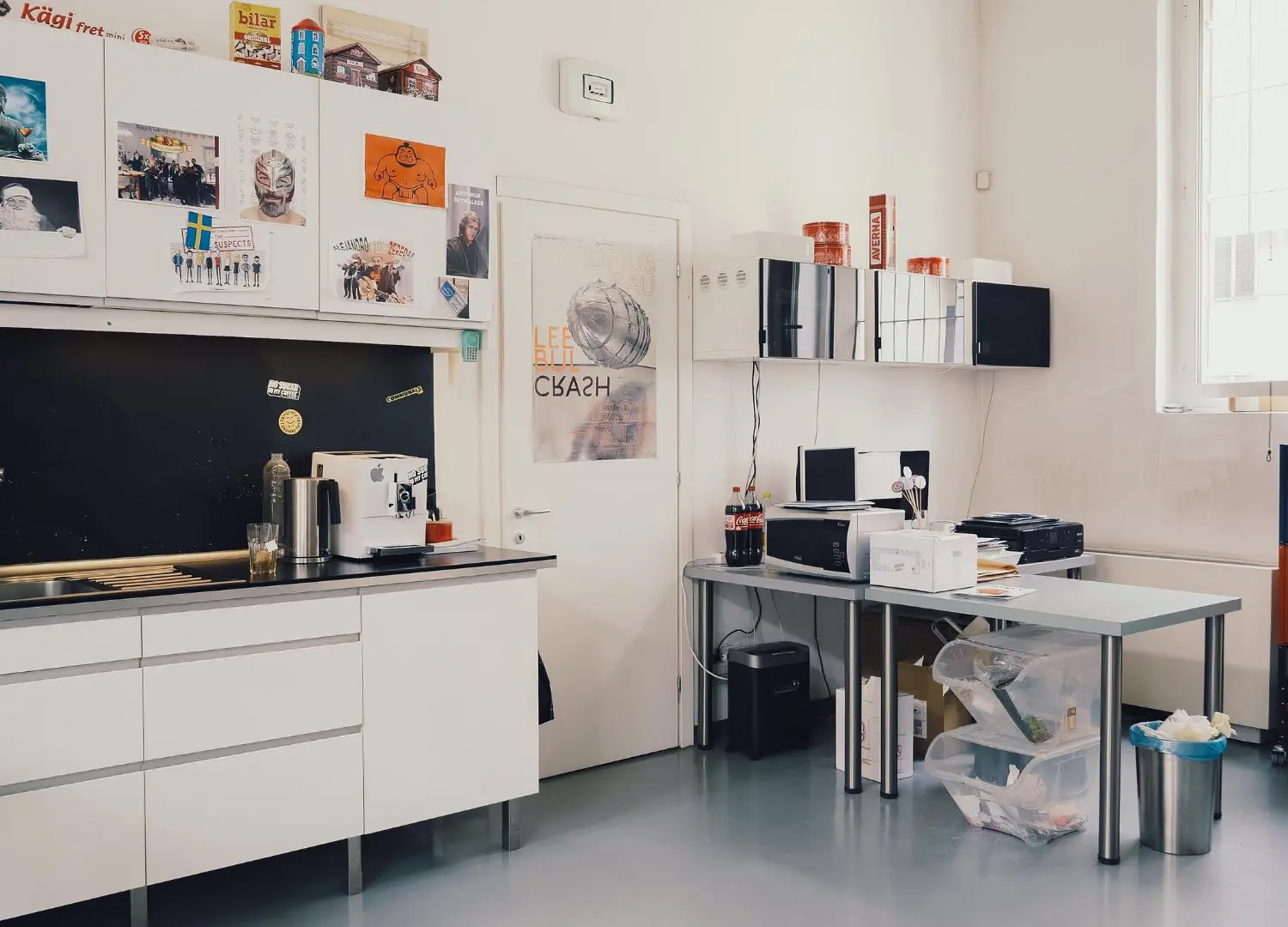
Among the many prototypes and projects, is there one you are particularly proud of?
Aleks Tatic:
“It’s a difficult question, like asking which child is your favorite. For each designer on the team, it might be different. Personally, the work we’ve done for about 14 years for the Gardena brand, a German gardening product brand, is something I am particularly proud of. We created a new design language and design guide, designing over 300 products. We successfully proposed and realized a range of premium products, making an impact on the market by focusing on quality rather than price. This project is one of the most important and gratifying for both me and the team.”
Aleks Tatic’s design studio exemplifies the fusion of creativity, technical prowess, and collaborative spirit that drives innovation in the modern design landscape. Through a meticulous approach that integrates user-centered design principles with cutting-edge technology, the studio not only meets but often exceeds client expectations. Tatic’s reflections on the challenges and triumphs of his career provide valuable insights for aspiring designers and industry veterans alike. As the studio continues to evolve and embrace new tools like artificial intelligence, it remains a beacon of excellence in industrial design, committed to creating products that are not only functional and beautiful but also transformative.
Tatic Designstudio: visit the official website here
_____
Special thanks to our partner: DGRS

